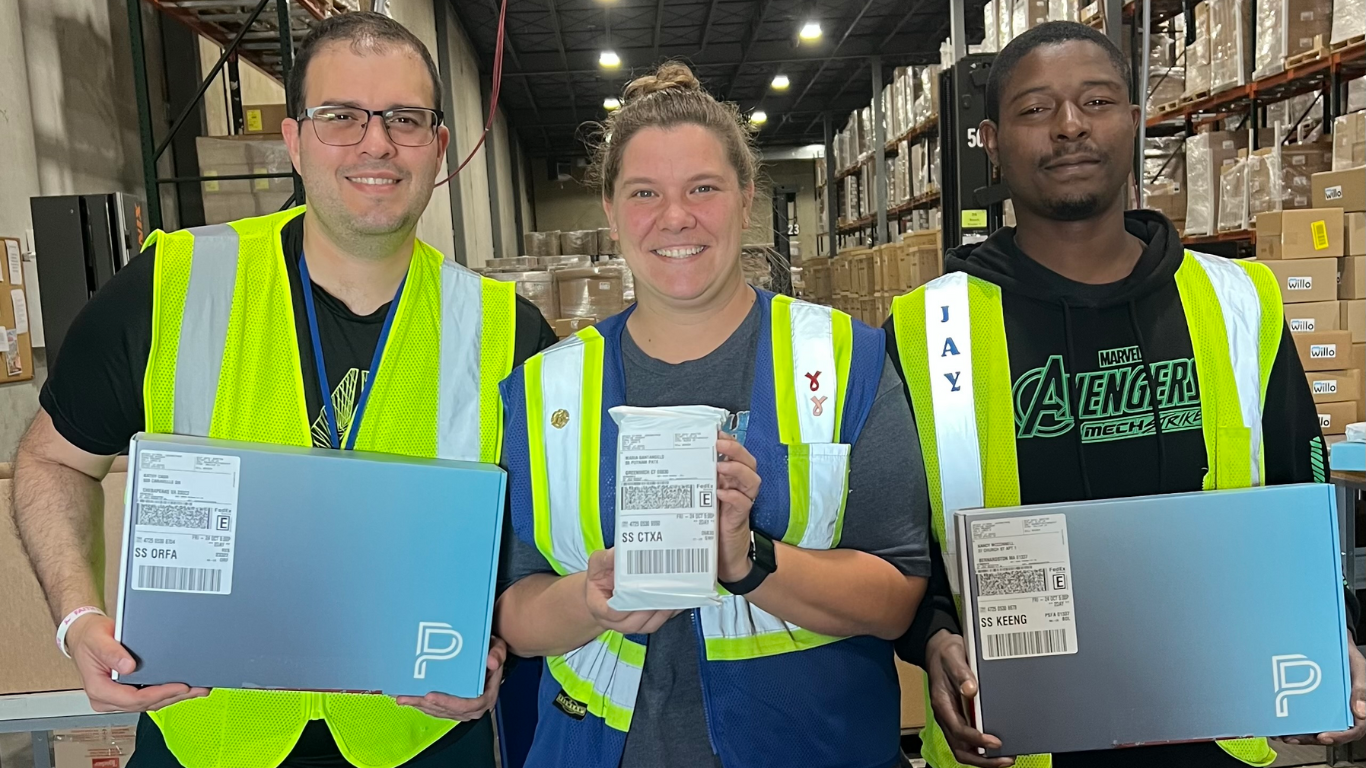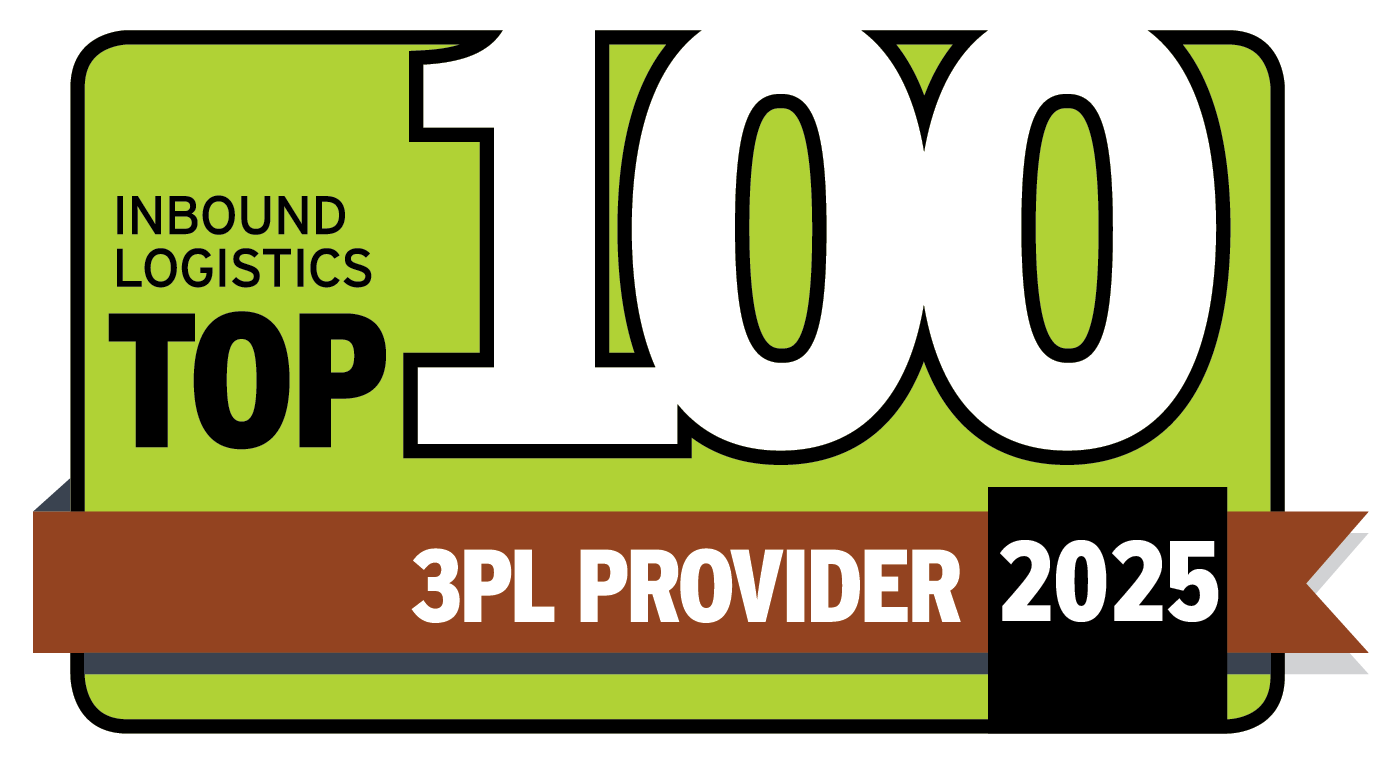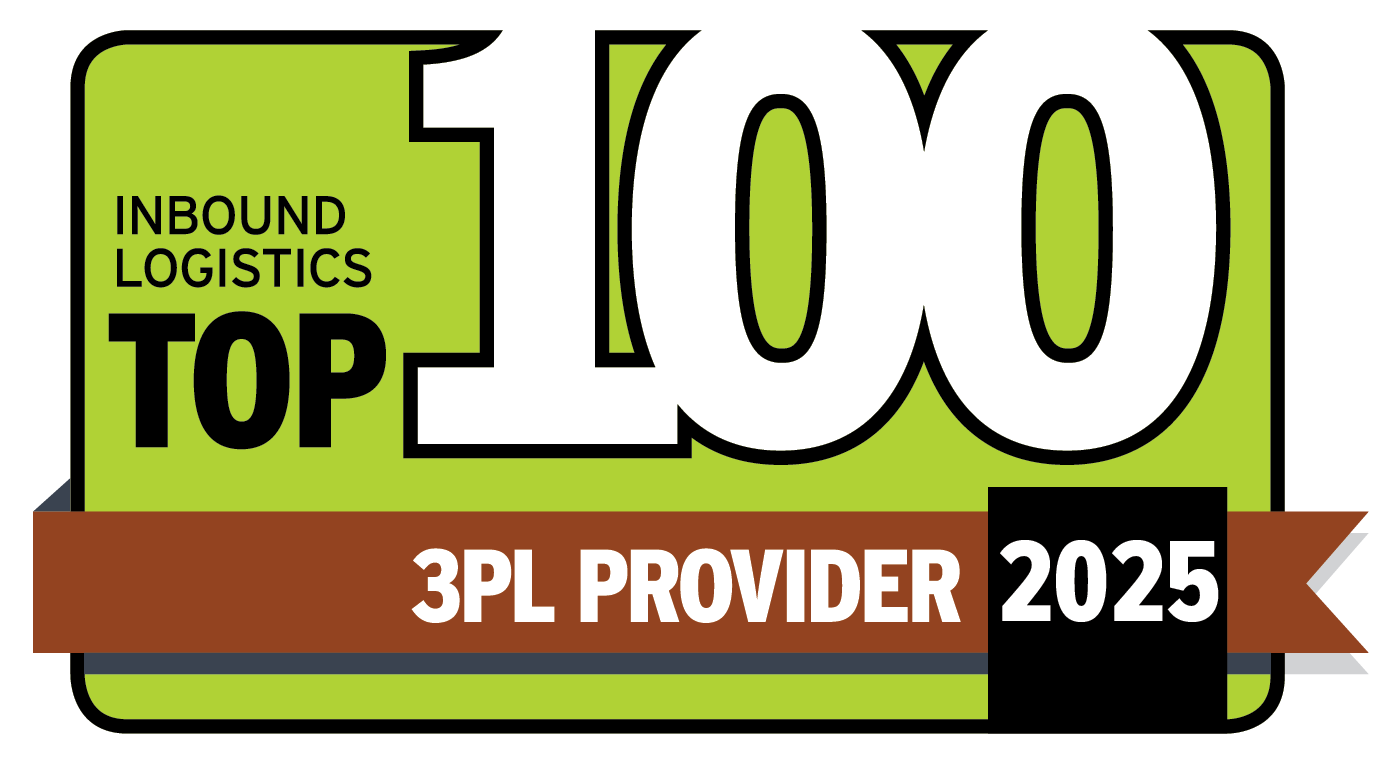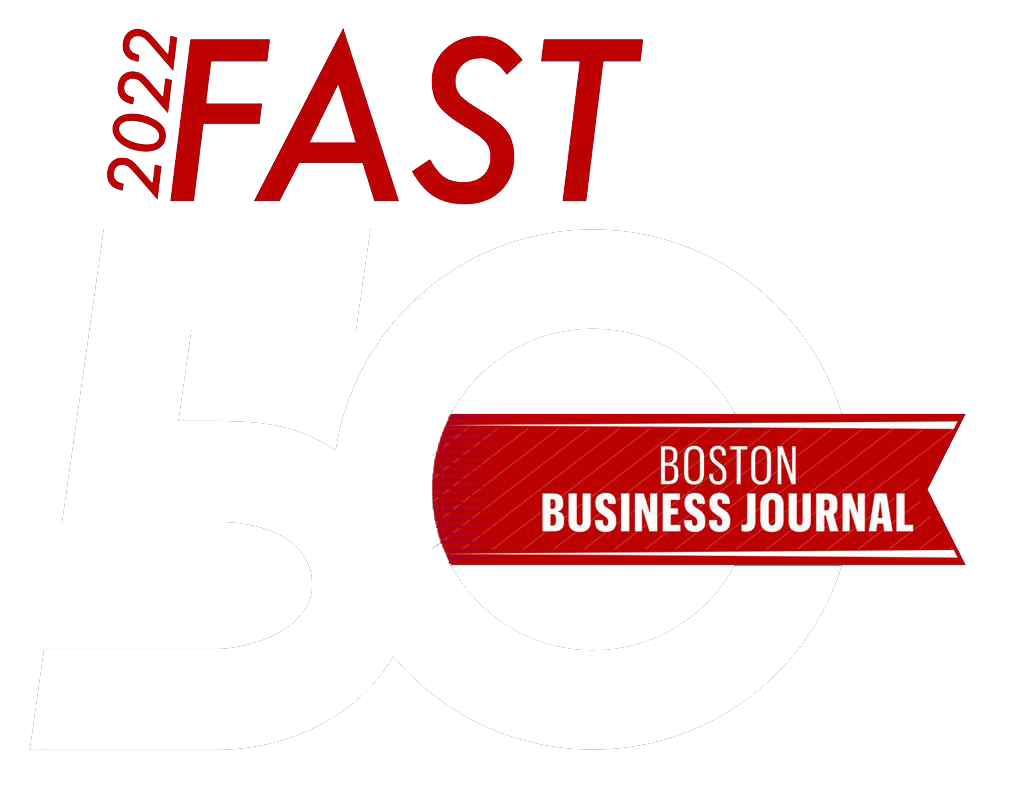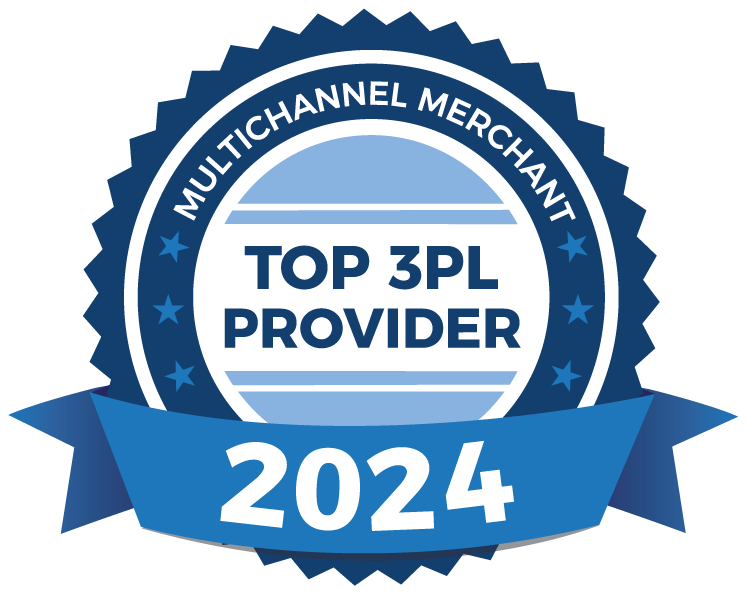3PL and E-Commerce: 10 B2B Stats
It’s that time of the year again. The time of year when we see more school buses than cars on the street. The time of year when school zones are bustling with kids and crossing guards as we make our way to work. The time of year when aisles at Wal-Mart and Target are buzzing with parents trying to find those last minute school supplies.
In a growing trend, more parents are skipping the long lines and crowded aisles in favor of ordering online. With the increase in free shipping and second day delivery options, having schools supplies neatly delivered to your doorstep is an attractive option. The National Retail Federation shows that 31.7% of consumers shopping for K-12 will shop online this year, compared to 30.8% in 2013. Furthermore, a survey by Accenture shows that 70% of those shopping online for school supplies expect to save money.
With something as traditional as school supply shopping moving toward an e-commerce solution, how are business to business companies adjusting to this growing platform? Here are 10 facts, stats and trends that describe the current landscape of B2B e-commerce.
- Digital buyer penetration is at an all-time high and forecasted to grow. Statista research shows that 41.3% of internet users purchased products online in 2013. That number is expected to grow to 47.3% by 2018.
- Intershop’s 2013 E-commerce Report reveals that 60% of respondents believe that B2B commerce is shifting from offline or in-store to online and self-service.
- The same study shows that 97% of B2B retailers currently offer their products online.
- 37% of companies plan on spending a larger portion of their budget online in the next year, according to an Acquity Group study.
- Only 13% of companies with budgets of $500 million or more purchase directly from a supplier’s website. 50% of these companies spend at least 90% of their budget online. Third party websites are earning 37% of this business, based on an Acquity Group study.
- 97% of retailers believe that mobile commerce initiatives will be important in next 12 months, per Intershop’s 2013 report.
- Acquity’s study shows that 30% of companies make a major purchase online 2-4 times each month.
- Internet Retailer and Forrester Research conducted a study that shows that 86% of B2B companies surveyed had recently transitioned offline customers online.
- 70% of B2B e-commerce professionals have plans to increase their technology budgets in the coming year, according to Forrester.
- 44% of B2B retailers believe that moving customers online can result in more return customers and increased brand loyalty, per Intershop.
Much like the growing trend of customers using online shopping services like Amazon, business to business firms are doing the same. The value and efficiency that come from e-commerce platforms not only benefits the consumer’s bottom line, it can increase your revenue as well. A major component of this new online terrain falls directly on logistics. Ramping up your e-commerce efforts will require distribution resources and fulfillment expertise.
Recent Blog Posts

